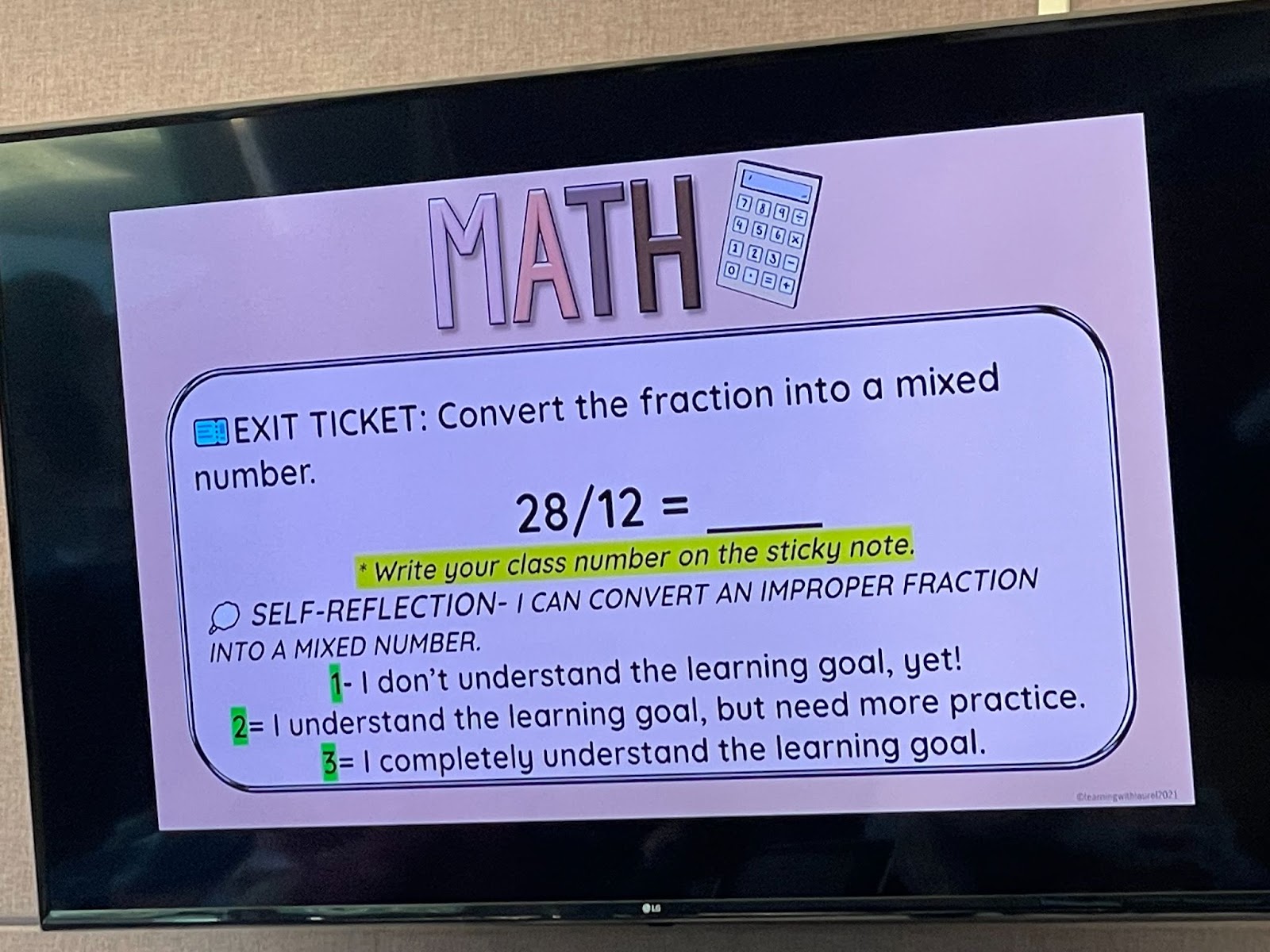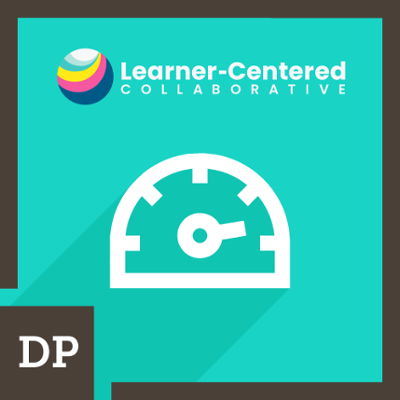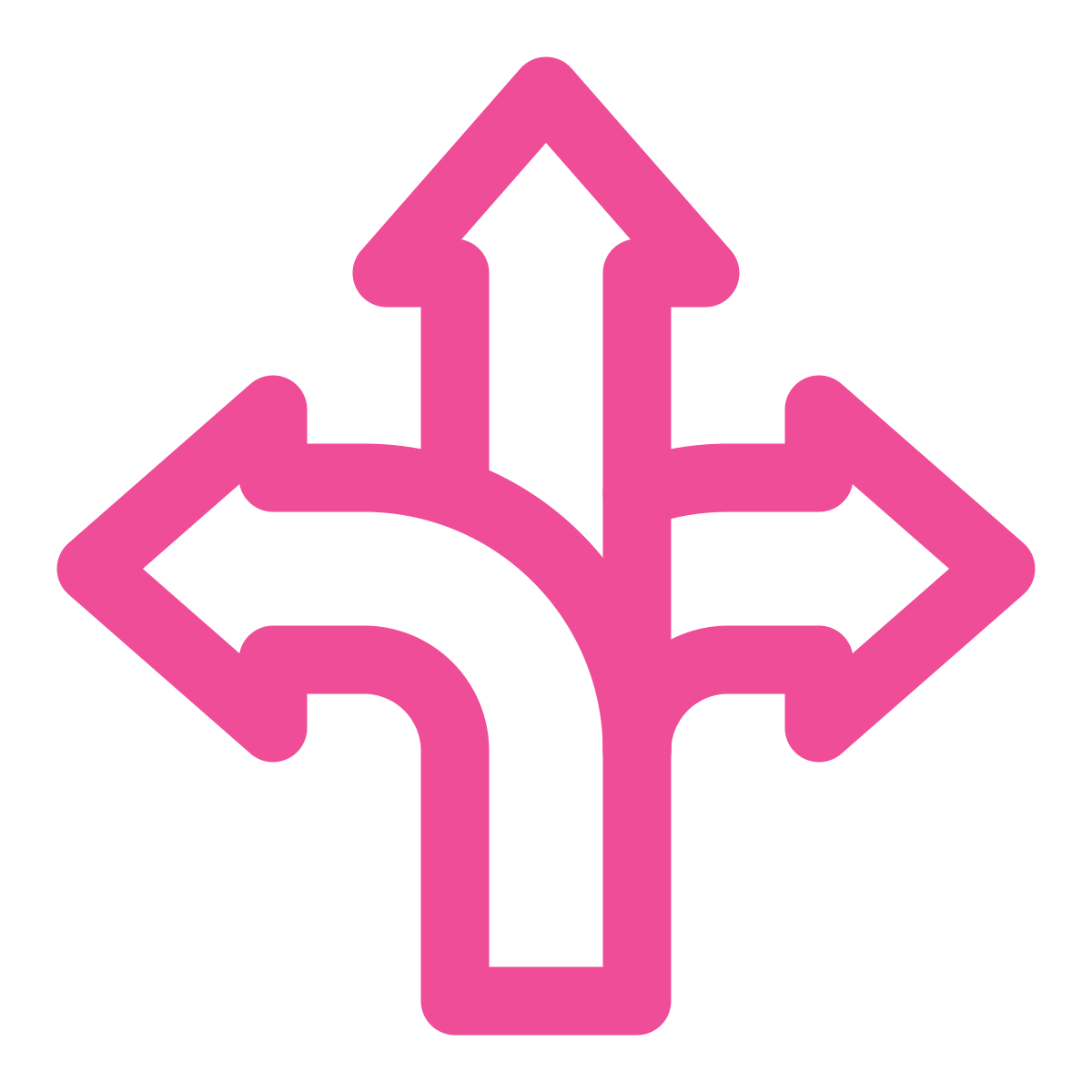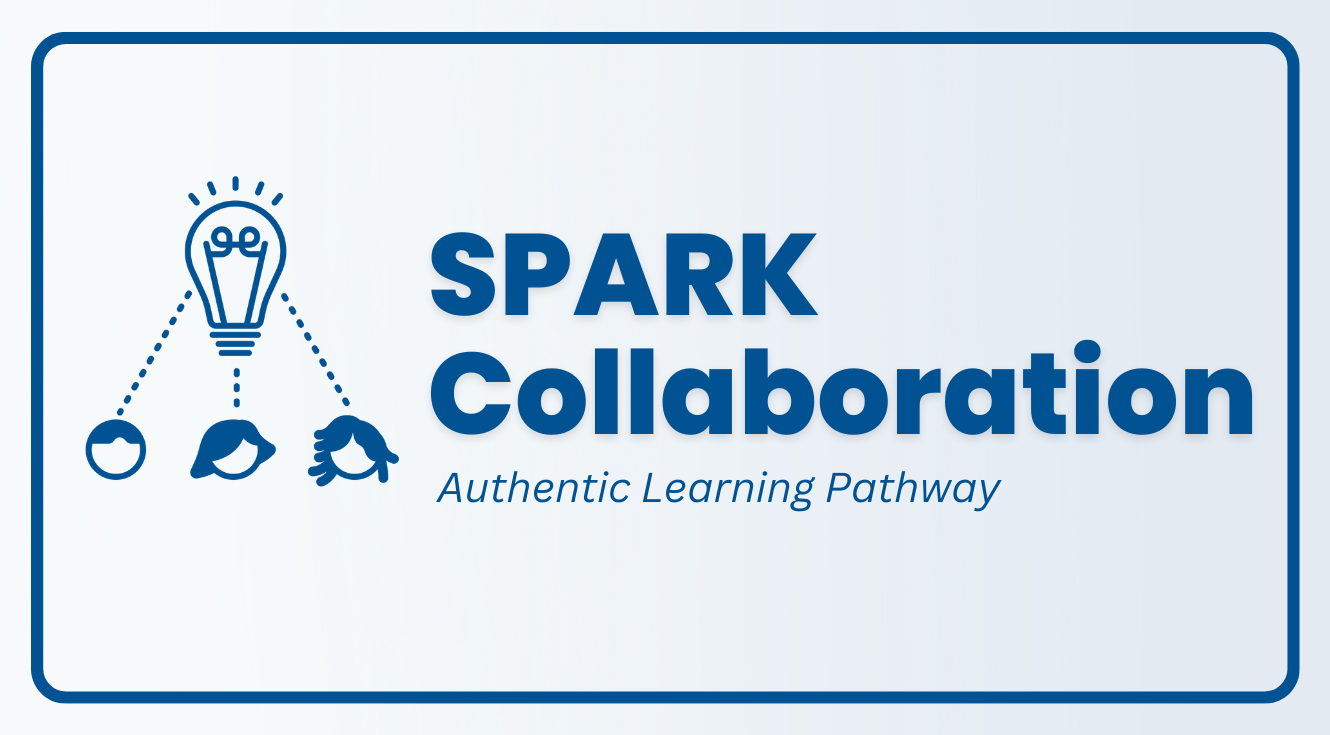Competency-Based Learning Strategy:
Checks for Understanding
NOTE: This Strategy is part of the self-paced User Assessment as a Tool for Learning Course
Checks for understanding quickly measure whether learners have mastered the material they are learning. They highlight the process of learning for both the teacher and the learner and provide a safe space for the learner to make mistakes. These checks can take different forms, such as 3-5 questions, discussions, or performance tasks, and can be used at different times during a lesson. The goal is to ensure that learners are able to understand and apply the concepts and skills being taught, and to provide feedback to both the teacher and the learners about areas where more work or clarification may be needed.
Bright Spots
Gain inspiration from authentic examples of this strategy shared by teachers who have used them with their learners.
Creating your own Bright Spots? Let’s get them out into the world! Share yours here.
Use Rubrics
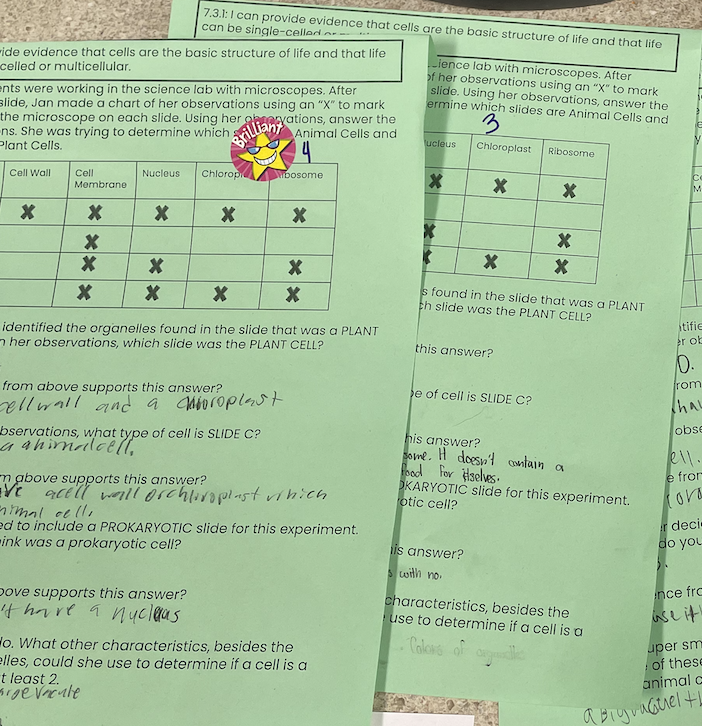
A middle school teacher at Washington Fields Intermediate School in Utah has student groups review sample student work using a rubric to identify high and low quality work to quickly check their understanding of the success criteria for an upcoming assignment.
Thumbs up/Thumbs down
A Chico Country Day School educator quickly checks for her elementary students’ understanding of rhyming words with a thumbs up and thumbs down protocol.
Peer Strength Checks
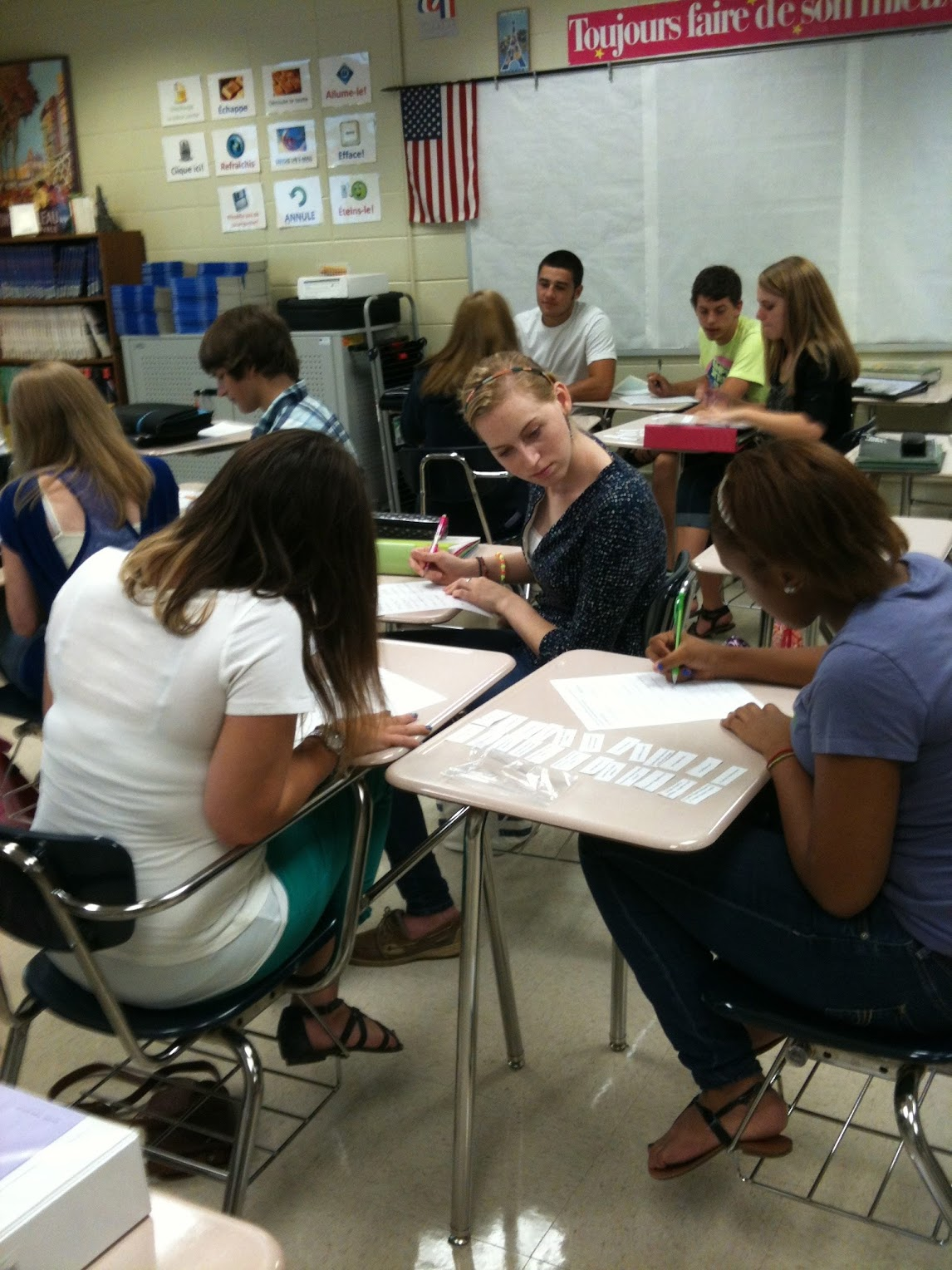
10th graders in Brittany Selden’s French 2 class work in small groups to check their knowledge of vocabulary words. Each group sorts the vocab words into two stacks: I know and I don’t yet know. This helps learners (and Ms. Selden) identify their strengths and words to focus on tomorrow in class.
Resources
Inspired? Use the resources below to bring this learner-centered strategy to your learning community.
Want more?
If you found this helpful, try this related strategy:
Associated Learner-Centered Competencies:

